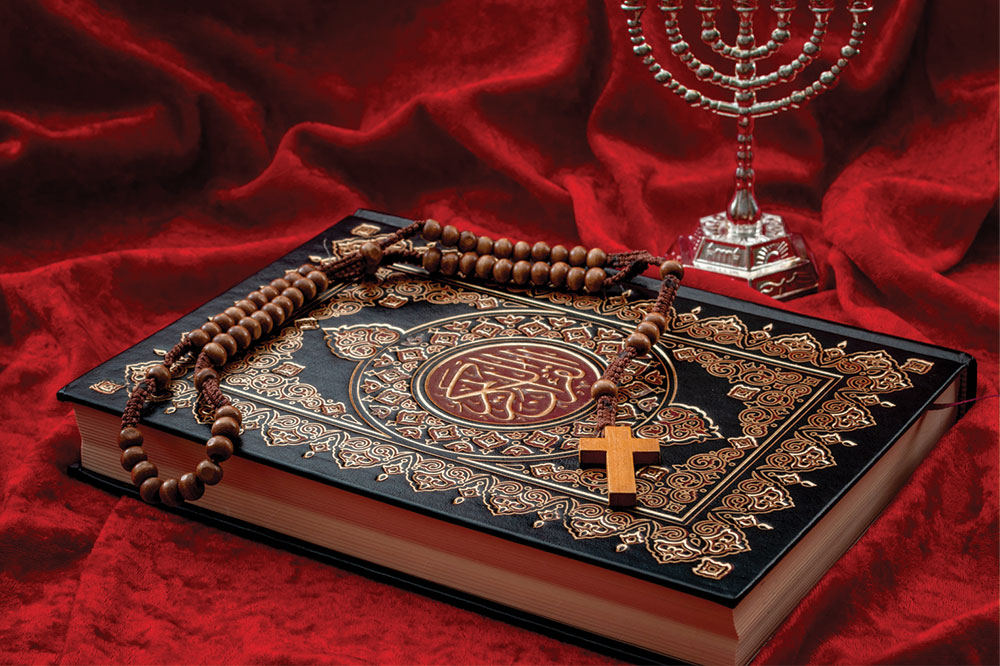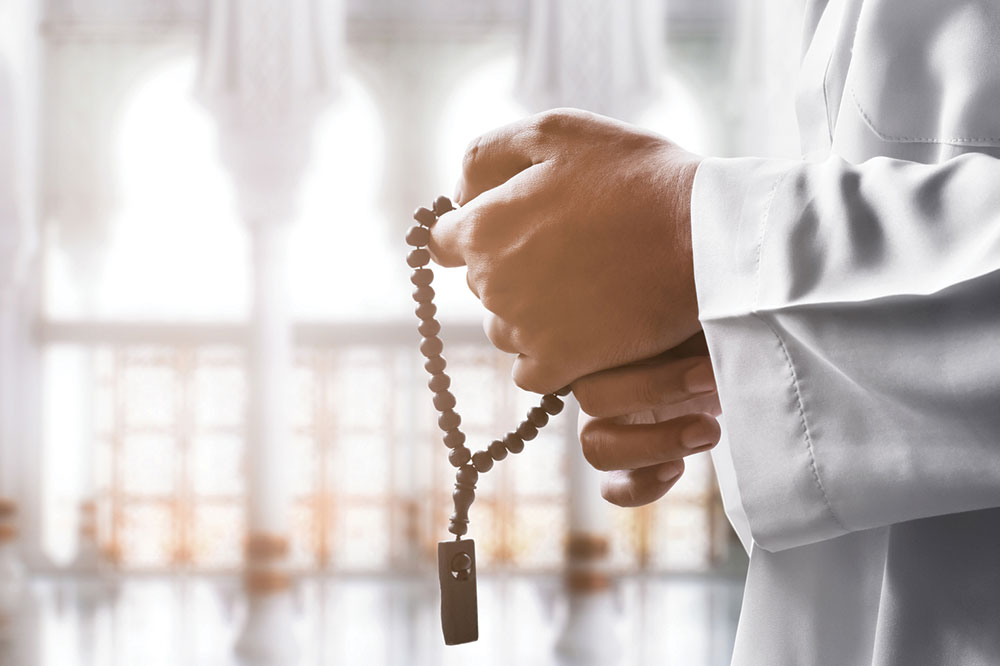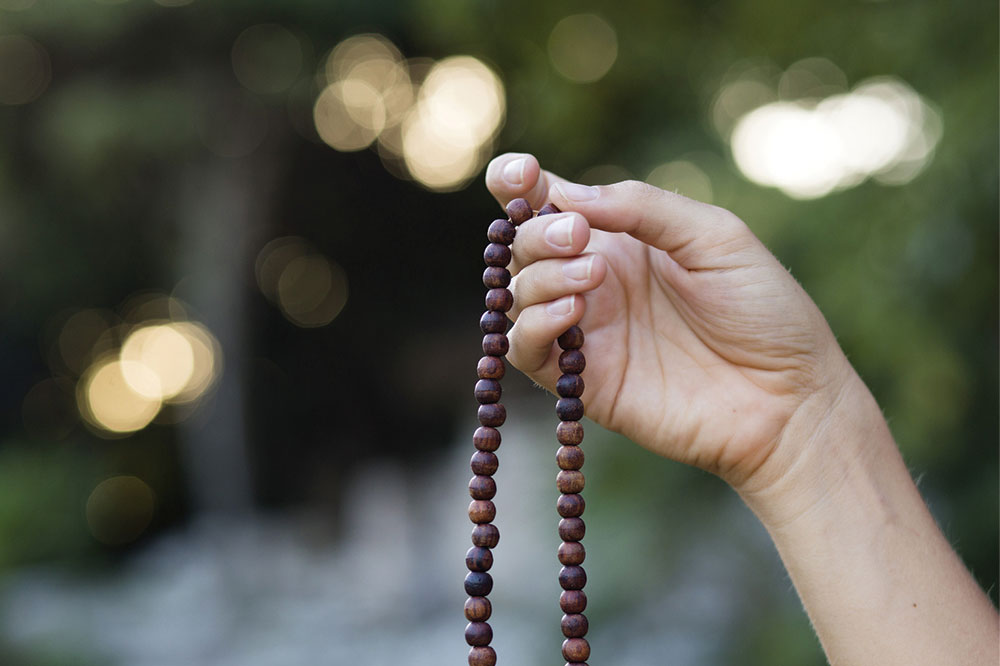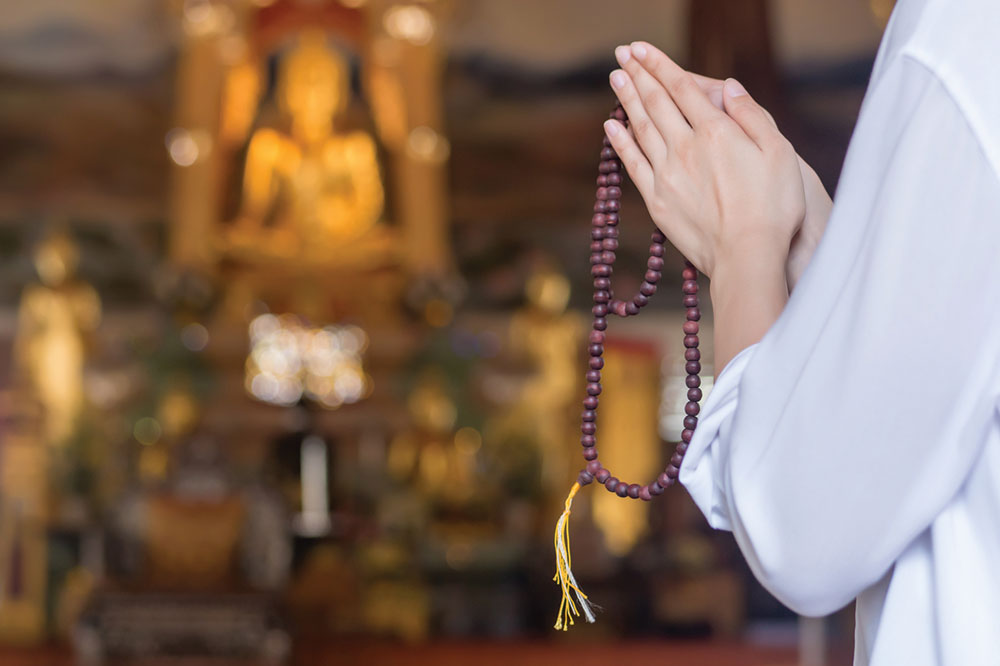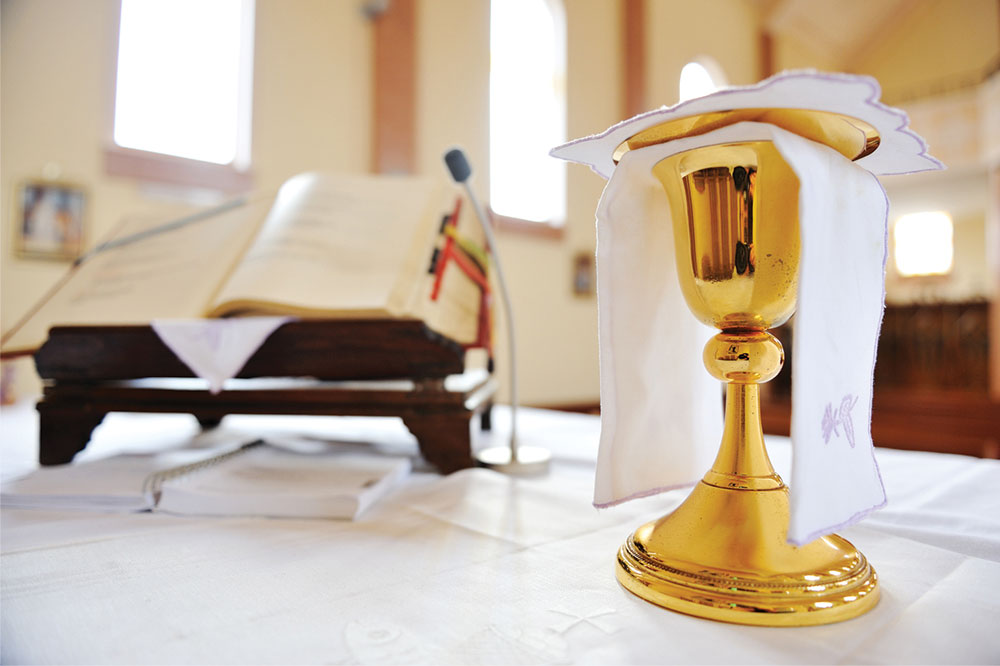Comprehensive Guide to Sacred Items in Buddhist Rituals and Ceremonies
This comprehensive guide explores the most important sacred items used in Buddhist rituals, including the Vajra, prayer bells, conch shell, Tibetan drums, prayer beads, and Ghau box. Each object carries deep symbolic and spiritual significance, aiding practitioners in their spiritual journey and ceremonies. Understanding these items enhances appreciation of Buddhist traditions and rituals, highlighting their cultural and spiritual importance worldwide.
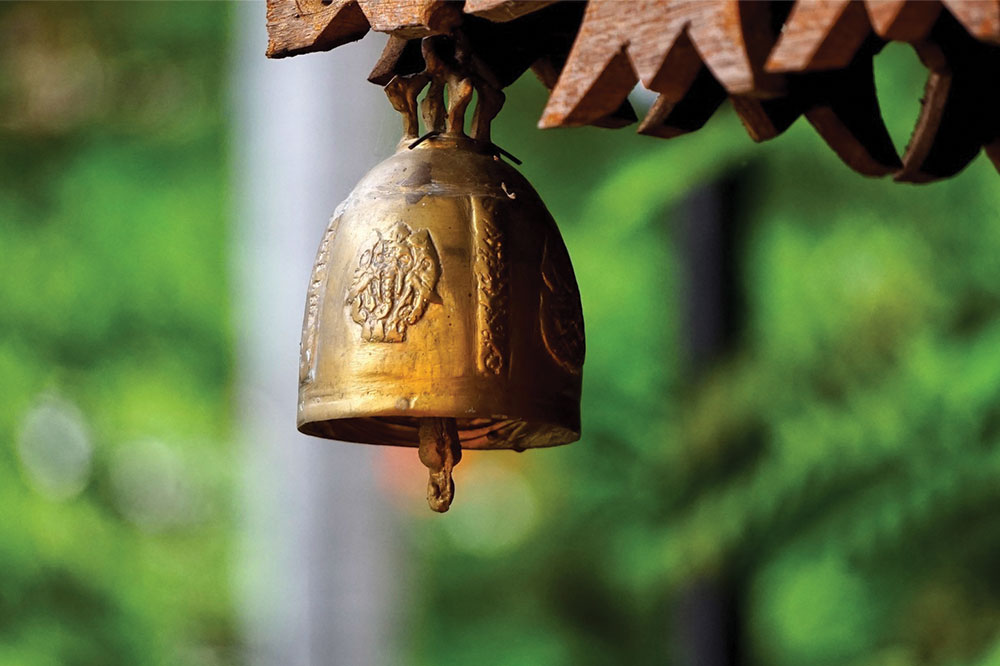
Comprehensive Guide to Sacred Items in Buddhist Rituals and Ceremonies
Buddhism is a profound spiritual tradition that emphasizes mindfulness, compassion, and enlightenment. Central to Buddhist practices are a variety of sacred objects, each imbued with deep symbolic meanings and spiritual significance. These objects are used during various ceremonies, rituals, and meditative practices to invoke spiritual power, facilitate focus, and foster harmony. The craftsmanship behind these items often features intricate designs, reflecting the reverence and devotion with which they are held.
Understanding the purpose and symbolism of these sacred tools can deepen one’s appreciation for Buddhist ceremonies and enhance spiritual practice. Below, we explore some of the most essential sacred items used in Buddhist rituals, from ritual implements like the Vajra and prayer bells to symbolic artifacts such as the conch shell and prayer beads.
Vajra: The Thunderbolt of Spiritual Power
The Vajra is one of the most revered ritual objects in Tibetan Buddhism. Often referred to as a "thunderbolt," it symbolizes indestructible spiritual power and spiritual sovereignty. Traditionally, the Vajra is made from sacred metals like gold, silver, copper, or iron, signifying its enduring strength. Its structure features multiple spokes—commonly three, five, or nine—each representing various aspects of Buddhist philosophy, such as the five wisdoms or five elements.
During ceremonies, practitioners hold the Vajra in their right hand, often in conjunction with a prayer bell held in the other hand. The combination signifies the union of wisdom and compassion—masculine and feminine energies essential in Buddhist practice. The Vajra’s symbolic power encompasses enlightenment, spiritual protection, and the destruction of negative forces, making it an indispensable tool in rituals designed to invoke divine energy and spiritual strength.
Prayer Bells: Musical Symbols of Divine Energy
Prayer bells are integral to Buddhist ceremonies, often used together with the Vajra to amplify the spiritual atmosphere. Generally crafted from copper or brass, these bells feature intricate engravings and decorative handles shaped like half Vajras. The bell’s mouth is typically bell-shaped, producing a resonant sound that is believed to invoke divine presence and purify negative energies.
The ringing of prayer bells during rituals represents the awakening of consciousness and the harmony of masculine and feminine energies, serving as a conduit for divine communication. The sound vibrations are thought to clear the mind and environment, creating an auspicious space conducive to meditation and spiritual growth.
Conch Shell: The Sacred Symbol of Buddhist Teachings
The conch shell is one of Buddhism's eight auspicious symbols (Ashtamangala) and is revered for its spiritual significance. It symbolizes the spread of Buddha’s teachings and the awakening of consciousness. Usually crafted from a real snail shell or made from metal and painted white or light tones, the conch shell displays detailed Buddhist motifs, including auspicious symbols and inscriptions.
In ritual practices, blowing the conch shell produces a resonant sound that signifies the call to spiritual practice and the dissemination of teachings. It is believed to promote harmony, peace, and the awakening of individuals from ignorance. The conch shell also serves as a reminder of the vast spread of Buddha’s wisdom across the world.
Tibetan Drums: Rhythms of Sacred Celebrations
Tibetan drums are vital percussion instruments used in various sacred ceremonies, festivals, and meditation sessions. These drums come in diverse forms, including skull drums, curved-hammer drums, and bronze drums. Their design ranges from simple wooden frames covered with animal skin to elaborately decorated vessels adorned with symbols and motifs.
The rhythmic beats of Tibetan drums are believed to elevate spiritual consciousness, creating a sacred atmosphere during rituals and festivals. The drums symbolize the heartbeat of the universe, aligning practitioners with the cosmic rhythm and aiding in heightened meditation experiences. Their deep, resonant sounds are said to invoke divine energies and facilitate spiritual transformation.
Prayer Beads: Tools for Meditation and Focus
Prayer beads, also known as mala beads, are essential for maintaining focus during meditation and prayer sessions. Typically composed of 108 beads plus a larger guru bead, these beads are made from various materials, including stones, wood, seeds, or precious metals. The number 108 holds special significance in Buddhism, representing various spiritual elements, such as the 108 defilements or the 108 virtues.
Practitioners use prayer beads by counting each bead while reciting mantras or prayers, helping to anchor the mind and deepen meditative concentration. The tactile sensation of the beads serves as a reminder of spiritual goals and aids practitioners in cultivating mindfulness and tranquility during spiritual exercises.
Ghau Box: Sacred Amulet for Protection and Blessings
The Ghau box is a small, ornate container that often functions as a prayer amulet or talisman. Traditionally crafted from precious metals like gold, silver, or copper, Ghau boxes are decorated with carvings, gemstones, and inscriptions depicting Buddha, sacred symbols, or mantras.
This sacred item is believed to provide spiritual protection, ward off evil spirits, and bring blessings to its owner and their loved ones. Often worn as a pendant or carried in a bag, the Ghau box contains images or scriptures that serve as constant reminders of spiritual devotion and divine protection.
In conclusion, the use of sacred objects in Buddhism encapsulates a profound spiritual tradition that emphasizes symbolic meaning, craftsmanship, and ritual significance. Each item plays a vital role in fostering spiritual growth, invoking divine energy, and maintaining harmony within practitioners. Whether used during meditation, ceremonies, or daily devotion, these sacred tools help practitioners connect deeply with Buddhist teachings and attain a higher state of consciousness.
